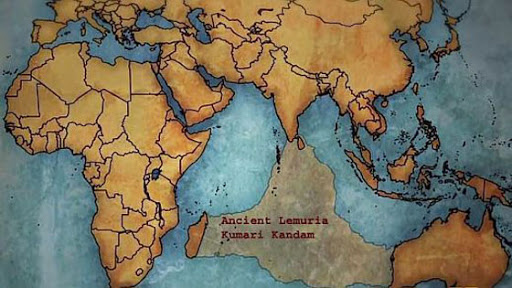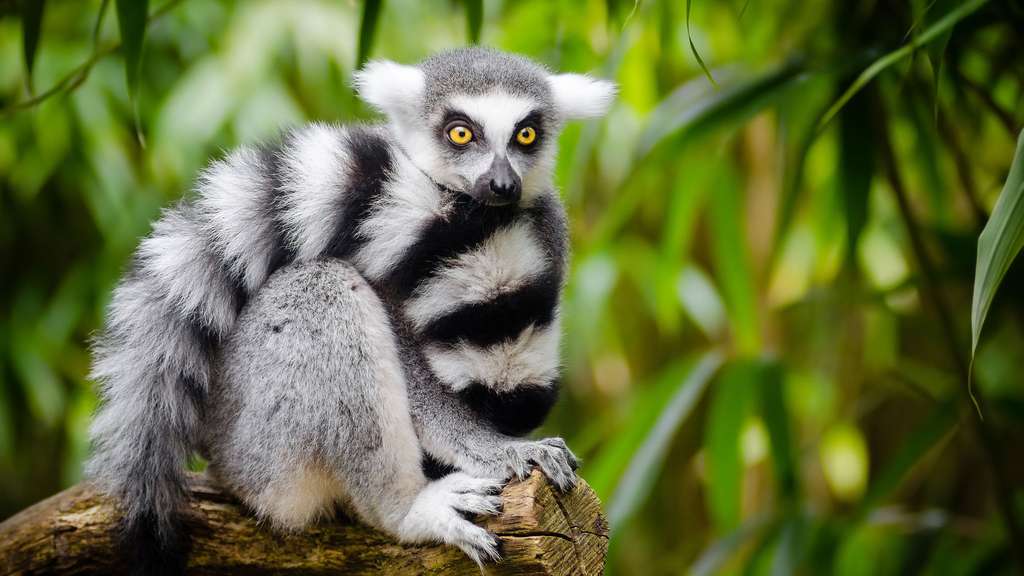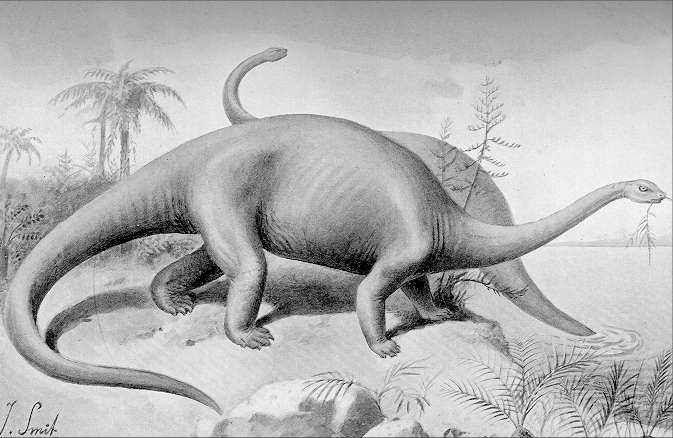Madagascar Island Part Of The Lost Continent of Ancient Lemuria ?

In 1771, French naturalist and traveler Philibert Commerson said of Madagascar island: “What an admirable country. It is the Promised Land for naturalists ... It is there that Nature seems to have withdrawn as in a particular sanctuary, to work there on other models than those where it has enslaved elsewhere; the most unusual, the most marvelous forms meet there at every step”. These words sound like a declaration of love for a land that has fascinated explorers, scholars, merchants and missionaries. The first mystery of this large atoll that is Madagascar island, separated from Africa by the Mozambique Channel, concerns the origin of its inhabitants.
Mysterious origin of malagasy people
Malagasy people is made up of eighteen different ethnic groups and, although today they share the same language and the same culture, they have kept their own traditions. Originally, Madagascar island was inhabited by populations arrived from Indonesia, to which then mixed populations originating in East Africa. From the mixture of these two populations was born what is called malagasy people. Half Oriental and half African, the Madagascans were considered by some occultists as the last representatives of the ancient race which populated the lost continent of Lemuria.
The long lost continent of Ancient Lemuria

Some claim that Madagascar island was part of Ancient Lemuria, a large and long lost continent. This thesis was affirmed in the past, at a time when we did not yet know the theory of continental drift, and when we tried to explain the presence of Lemurs on Madagascar island (a family of primates close to monkeys, comprising different forms reflecting the different stages of evolution and to which the human species is attached), and also animals and fossil plants belonging to the Permian and dating back 250 million years.
As researchers try to unravel the mystery of the origin of man and all that is linked to his evolution, mystics, esotericists and occultists seek the explanation of the presence of creatures like the ring-tailed lemur, the most known Lemurs to take up residence in Madagascar.
The founder of theosophy, Helena Petrovna Blavatsky, also sought alternative answers to science, allowing the reconstruction of Ancient Lemuria's past. This singular woman, about whom very discordant opinions circulated, affirmed that the Lemurians were men of large dimensions, closer to the apes than to the current man. She added that some had four arms and a third eye behind the head. They communicated by telepathy and were endowed with supernatural powers like psychokinesis. In her History of Atlantis and the Lost Continent of Lemuria, Helena Blavatsky offers an image of Madagascar completely devoid of concrete references to reality, opening perspectives on a universe dominated by imagination and myth. However, her theories on Ancient Lemuria and Atlantis found followers among esotericists and enthusiasts of archaeological mysteries.
Helena Blavatsky's theses were then developed: some claim that the Lemurs were originally hermaphrodites and oviparous, and that it was only later that they turned into mammals. Others maintain that their ancestors came from Venus and that, consequently, the current ring-tailed lemur would be the descendant of ... extraterrestrials! Theories have flourished, and there are some who also believe that the Australian Aborigines and the inhabitants of Easter Island would be the last Lemurs. Whether one believes it or not, the mystery continues to hover.
Madagascar lemurs

In the past were found Lemurians of considerable size and with a fairly developed brain mass. These characteristics would make it plausible the hypothesis that the oldest of these animals could have reached a level of evolution as high as that of man. Most of the current examples are of smaller dimensions. Among the most important, one can cite Aye-Ayes of black color sporting globular eyes, whose body and tail can exceed one meter long.
The discovery of dinosaur fossils and a skeleton of herbivorous sauropod (other examples of which have been found in India and South America) has also helped to trace the origins of Madagascar island to a very distant time. The presence of these fossils stimulated the imagination of natives and it offered to the West the opportunity to create true legends. Anyway, these paleontological discoveries, which are now part of the heritage of Madagascar, have inevitably influenced the imagination as we hear from time to time of mysterious creatures, similar to large saures, seen by some witnesses.
The terrible Mokele-mbembe

If, in Madagascar, very few people claim to have seen prehistoric animals in flesh and bone, on the other hand, according to numerous testimonies, a sauropod dinosaur called Mokele-mbembe would be hiding in the swampy region of Congo, between Ubangi and Sanga rivers. This creature, with a stocky and powerful body and legs of gray-brown-red color, would measure between 5 and 10 meters. Its head would resemble that of a snake and its body would recall that of a pachyderm (we have indeed found footprints attributed to the Mokele-mbembe of dimensions equal to those of an elephant). This mysterious monster of the Congolese swamps, risen from Prehistory, would be vegetarian and would not attack man. However, some natives say the beast hit and overturned their boat.









































































































































































































































































































































